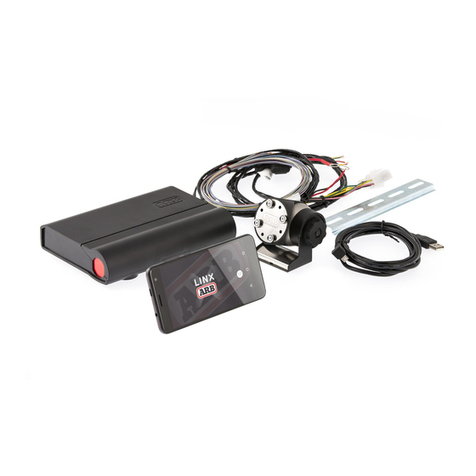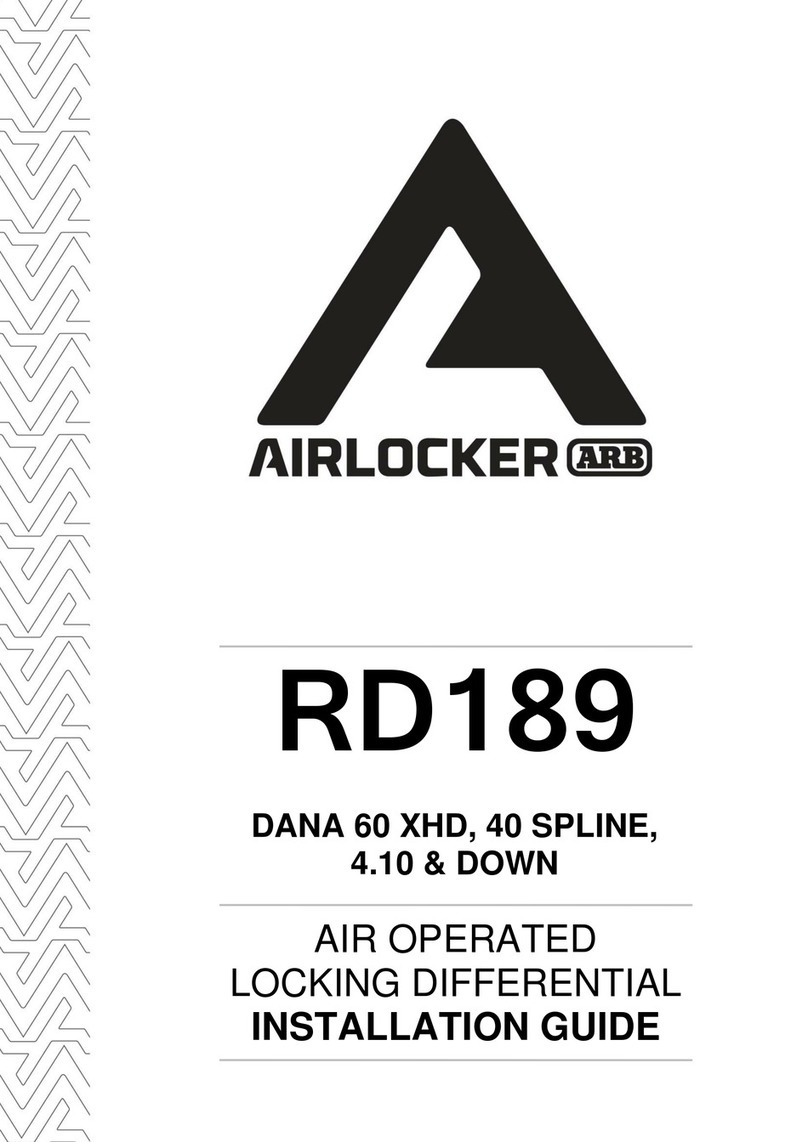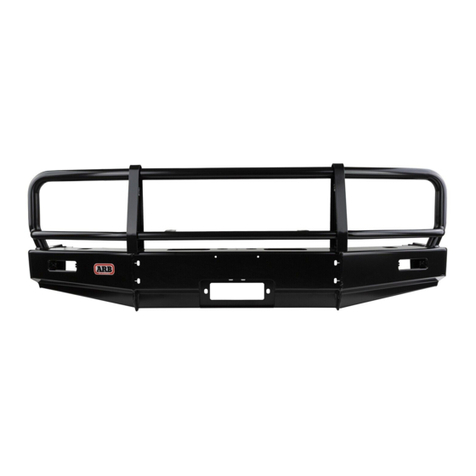ARB Airlocker RD205 User manual




















Table of contents
Other ARB Automobile Accessories manuals
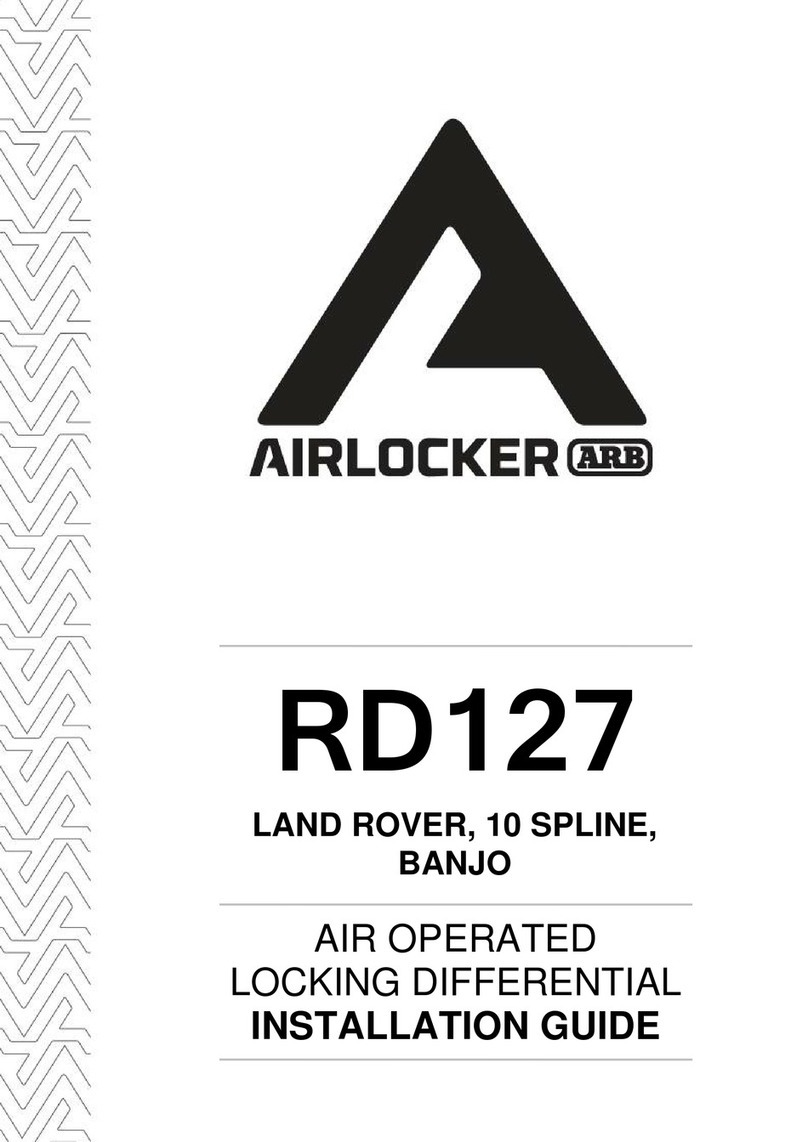
ARB
ARB AIRLOCKER RD127 User manual

ARB
ARB Airlocker RD232 User manual
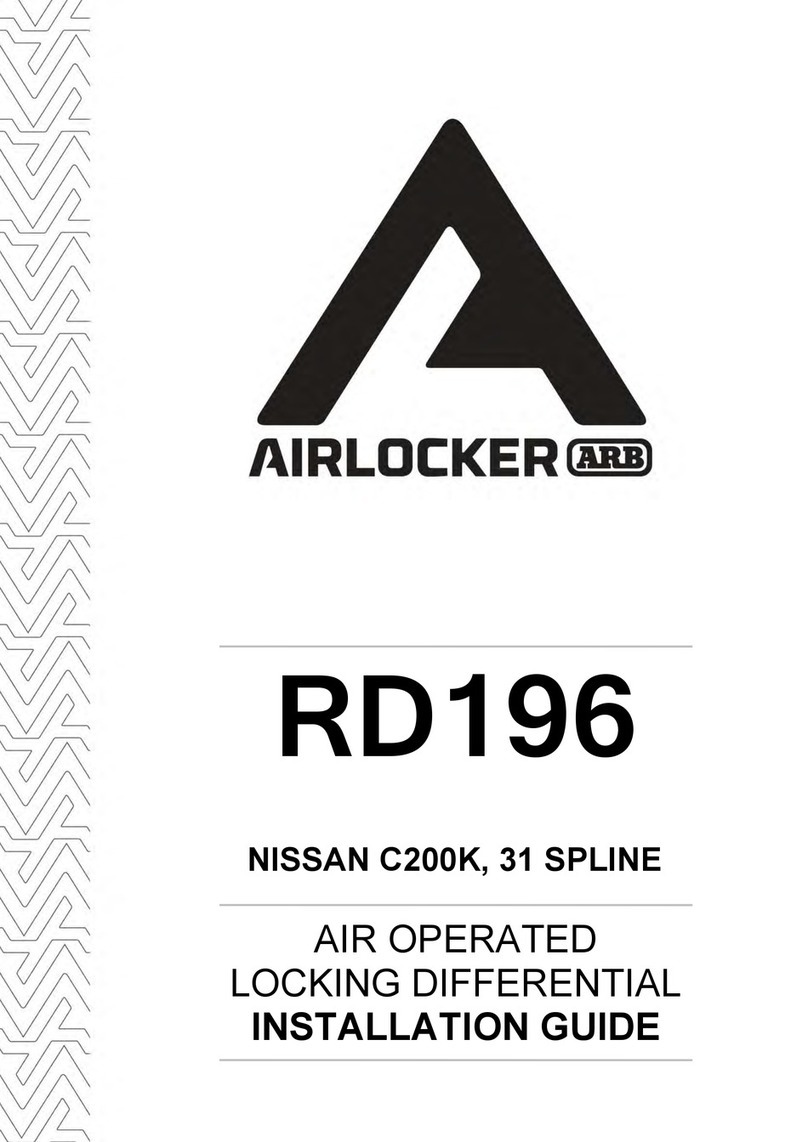
ARB
ARB AIRLOCKER RD196 User manual
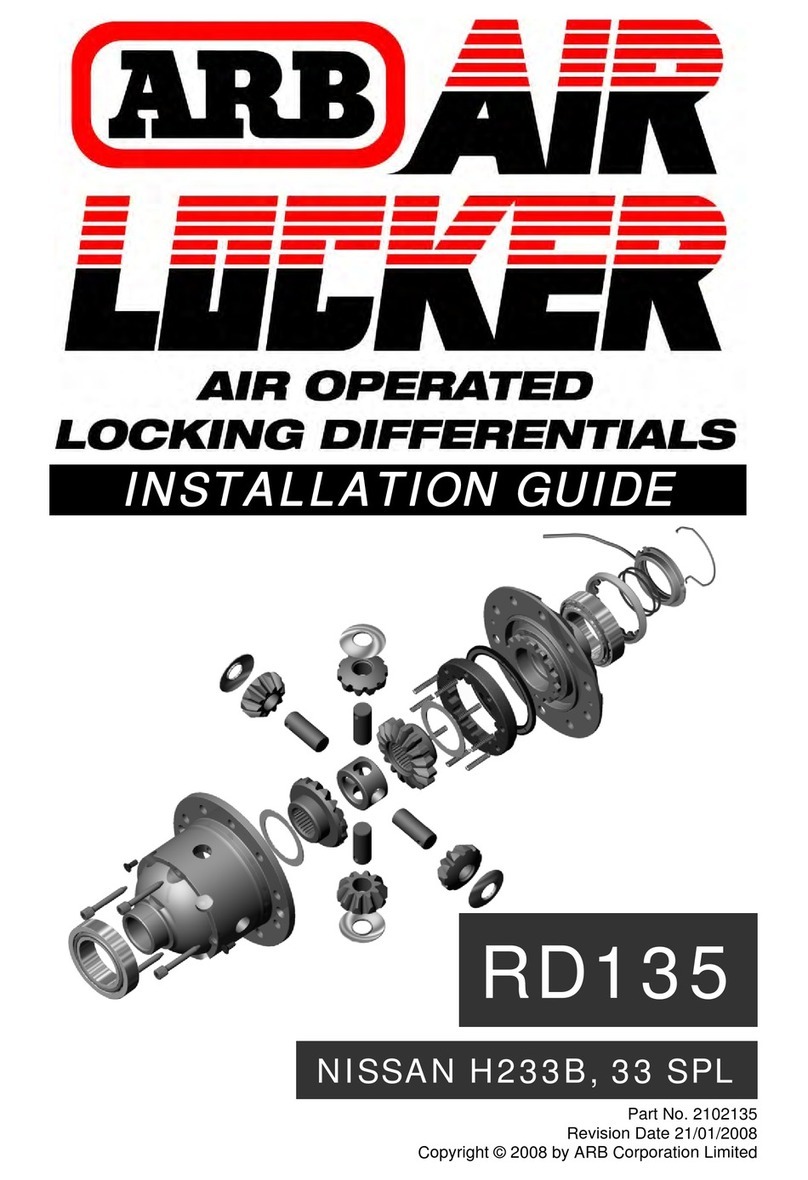
ARB
ARB AIR LOCKER RD135 User manual

ARB
ARB Airlocker RD146 User manual
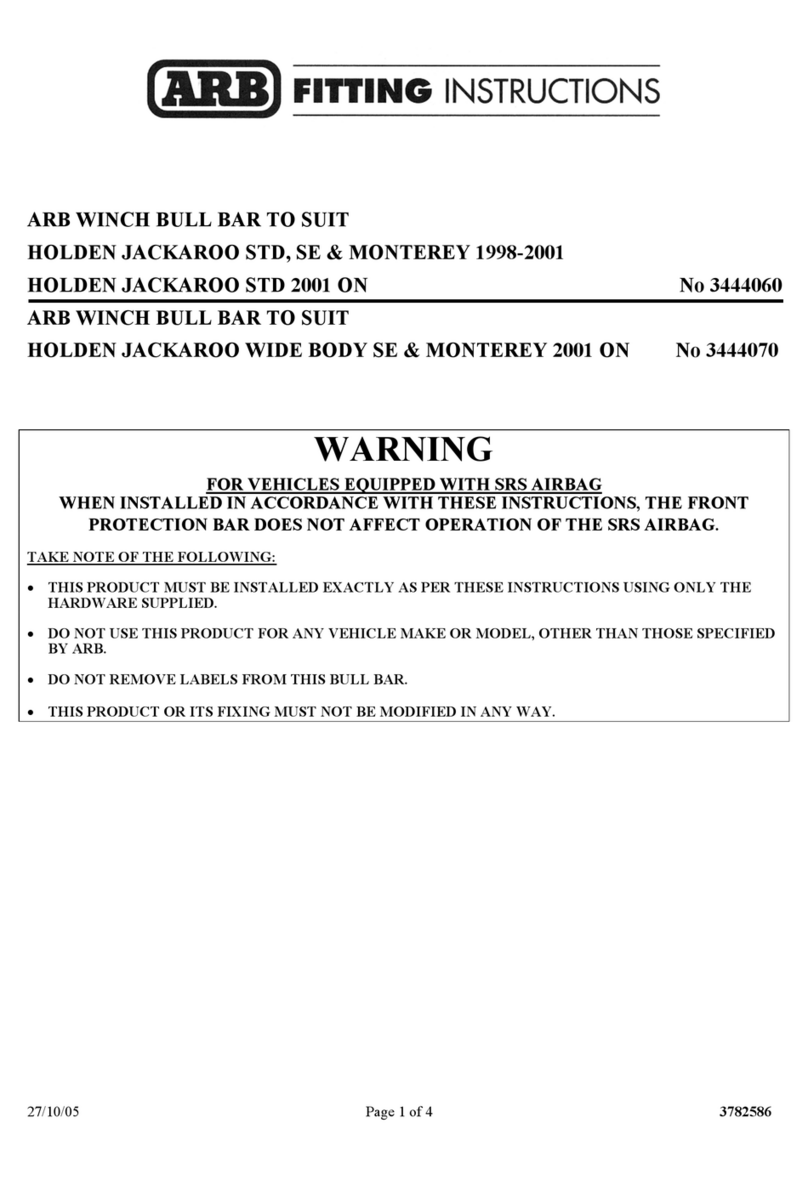
ARB
ARB 3444070 User manual
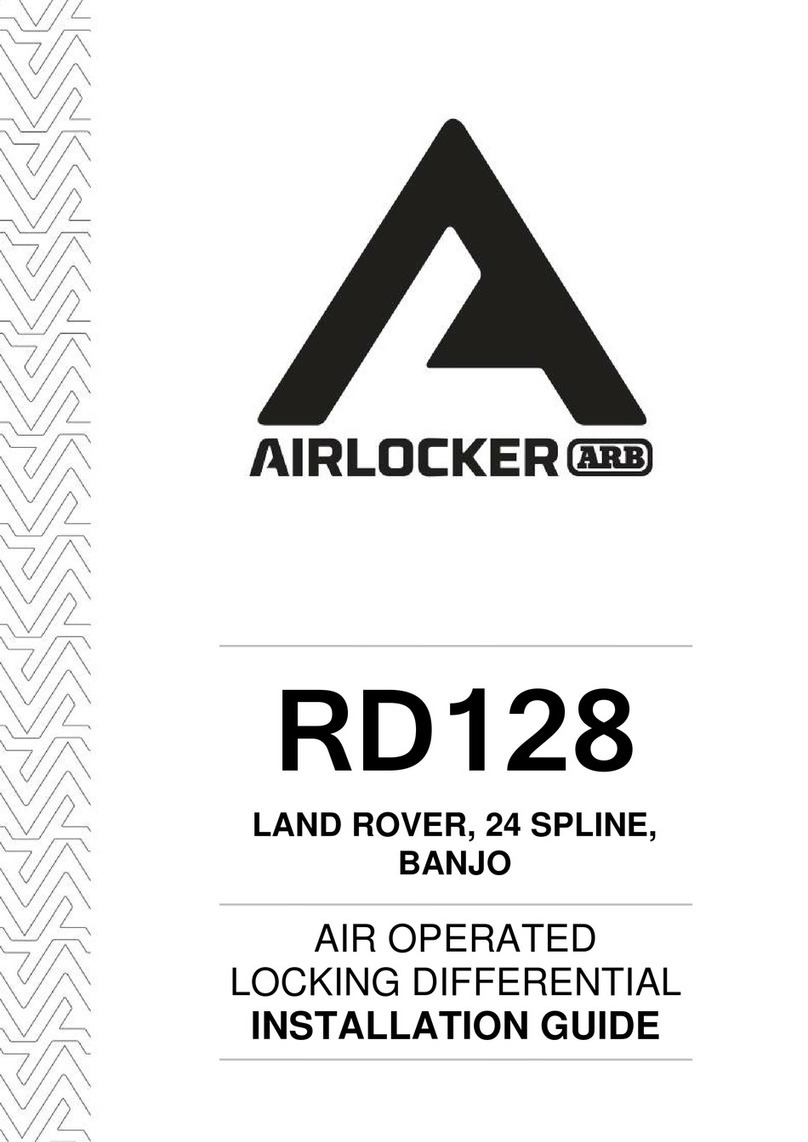
ARB
ARB AIRLOCKER RD128 User manual
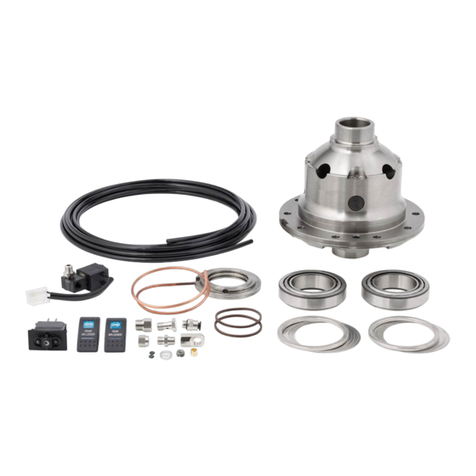
ARB
ARB AIRLOCKER RD109 User manual
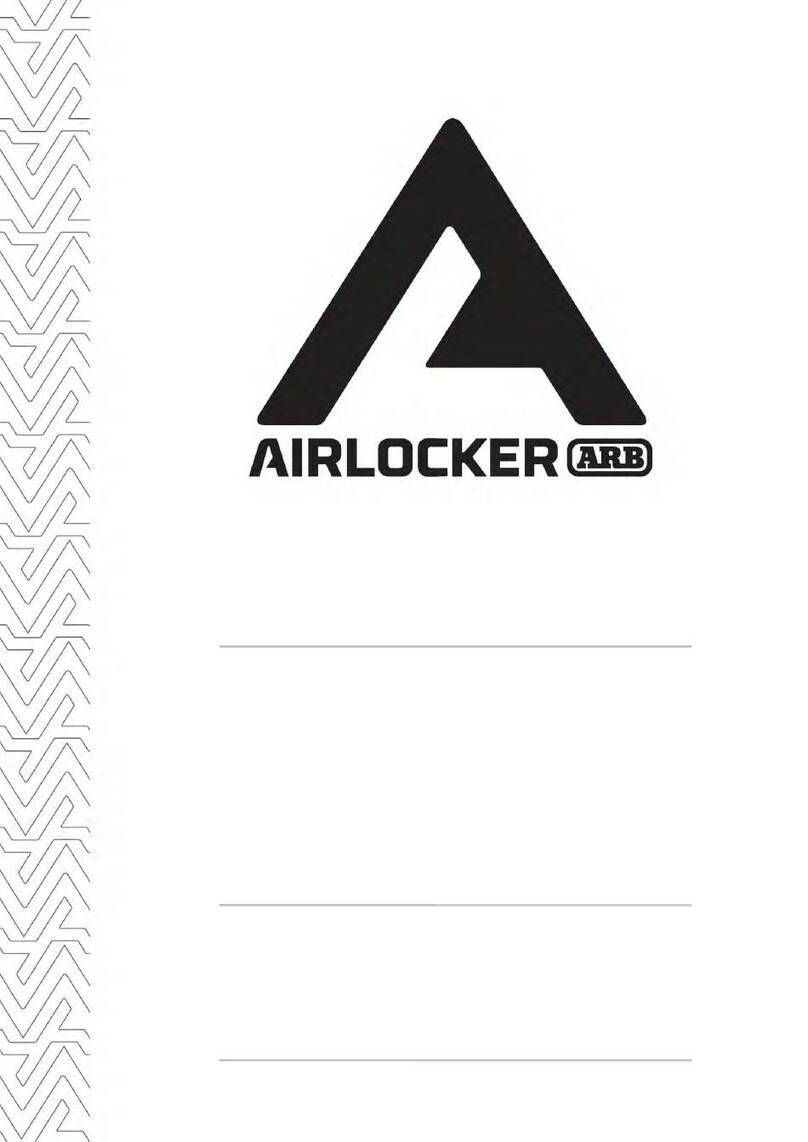
ARB
ARB AIRLOCKER RD188 User manual

ARB
ARB 341 4460 User manual
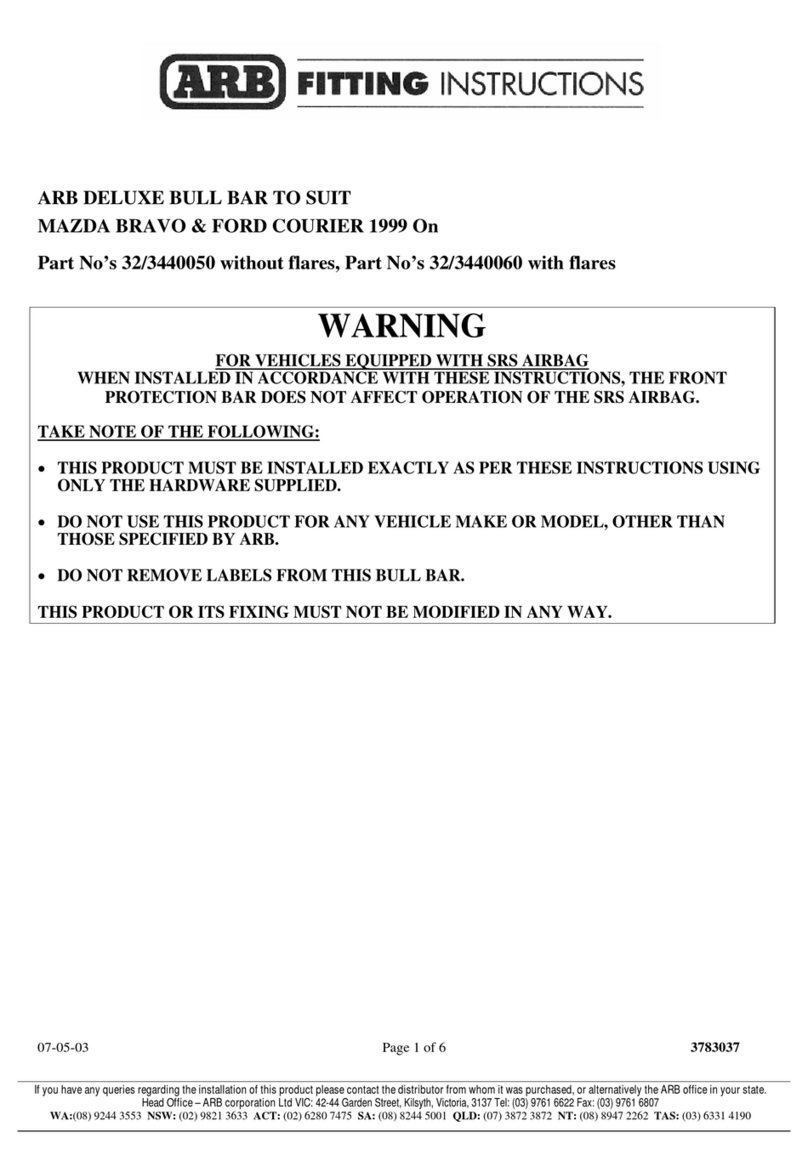
ARB
ARB DELUXE BULL BAR User manual
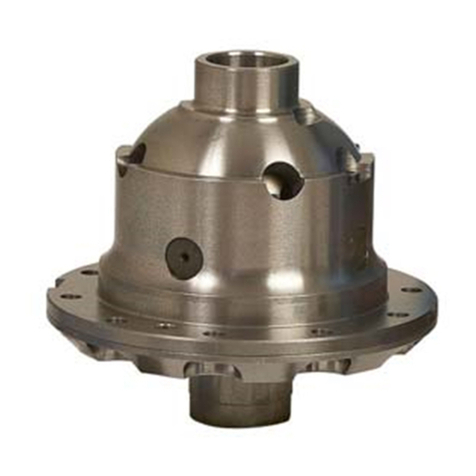
ARB
ARB RD116 User manual
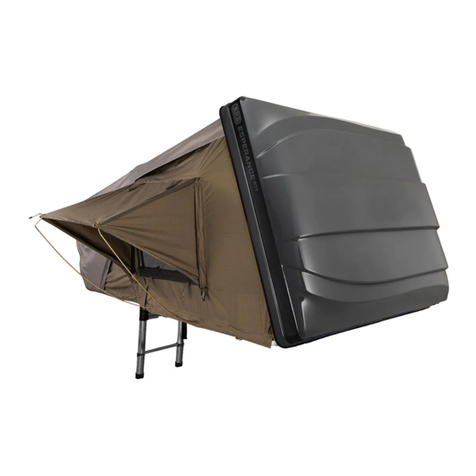
ARB
ARB ESPERANCE 802200 User manual
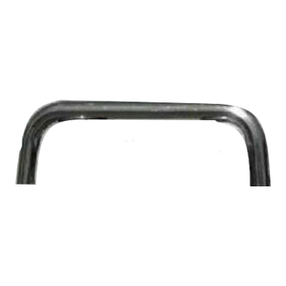
ARB
ARB 3917140 User manual

ARB
ARB AIRLOCKER RD156 User manual
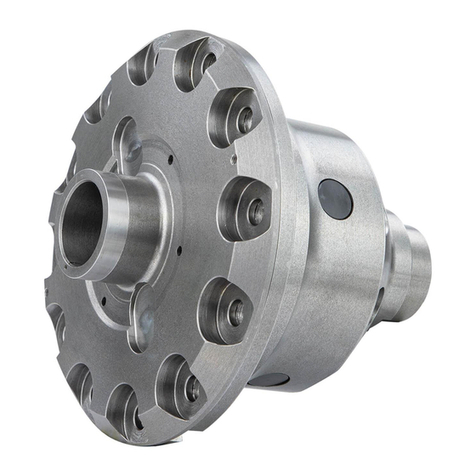
ARB
ARB RD165 User manual
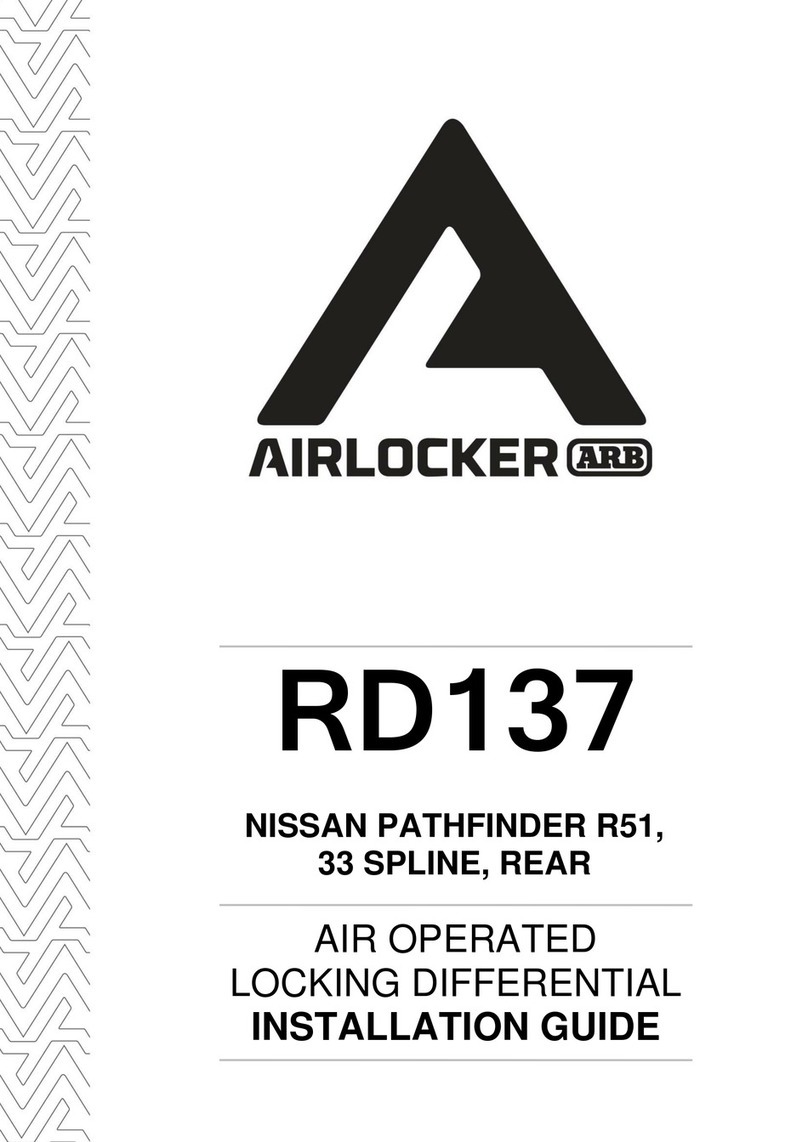
ARB
ARB Airlocker RD137 User manual
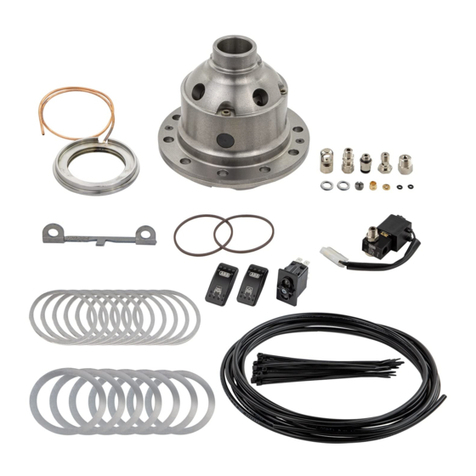
ARB
ARB RD246 Product information sheet
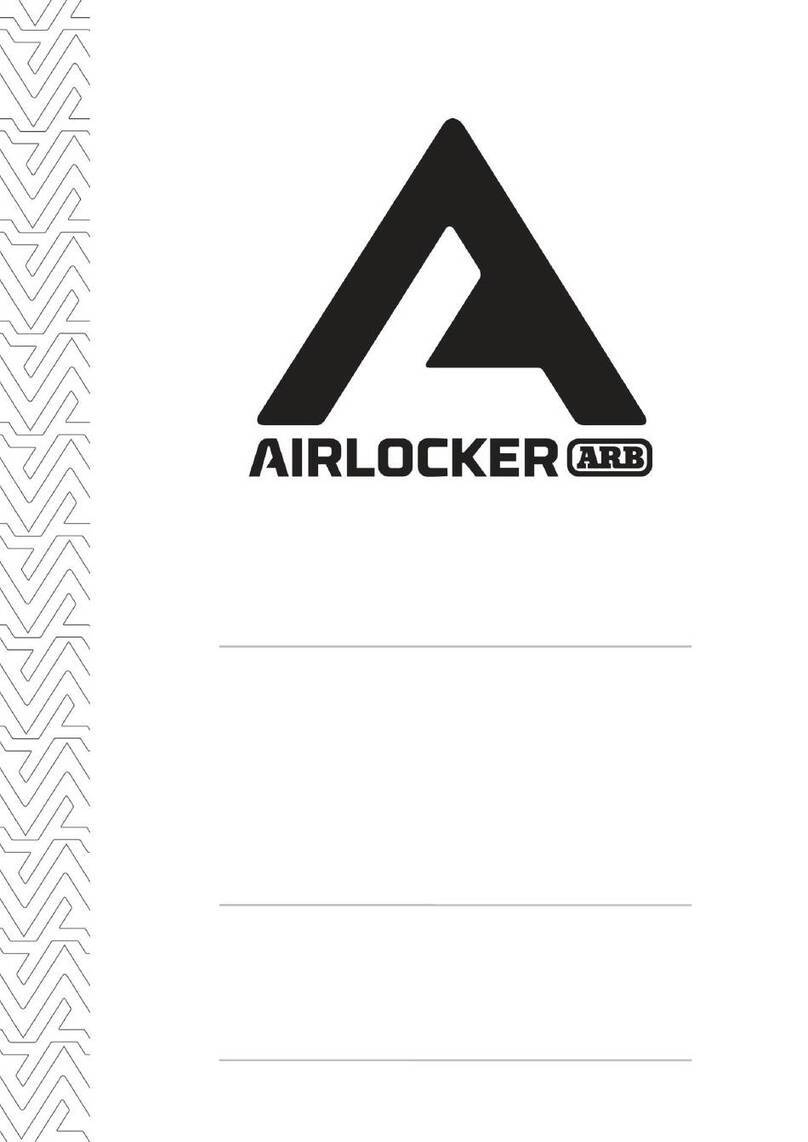
ARB
ARB AIRLOCKER RD170 User manual

ARB
ARB 3450080 User manual
Popular Automobile Accessories manuals by other brands

ULTIMATE SPEED
ULTIMATE SPEED 279746 Assembly and Safety Advice

SSV Works
SSV Works DF-F65 manual

ULTIMATE SPEED
ULTIMATE SPEED CARBON Assembly and Safety Advice

Witter
Witter F174 Fitting instructions

WeatherTech
WeatherTech No-Drill installation instructions

TAUBENREUTHER
TAUBENREUTHER 1-336050 Installation instruction

